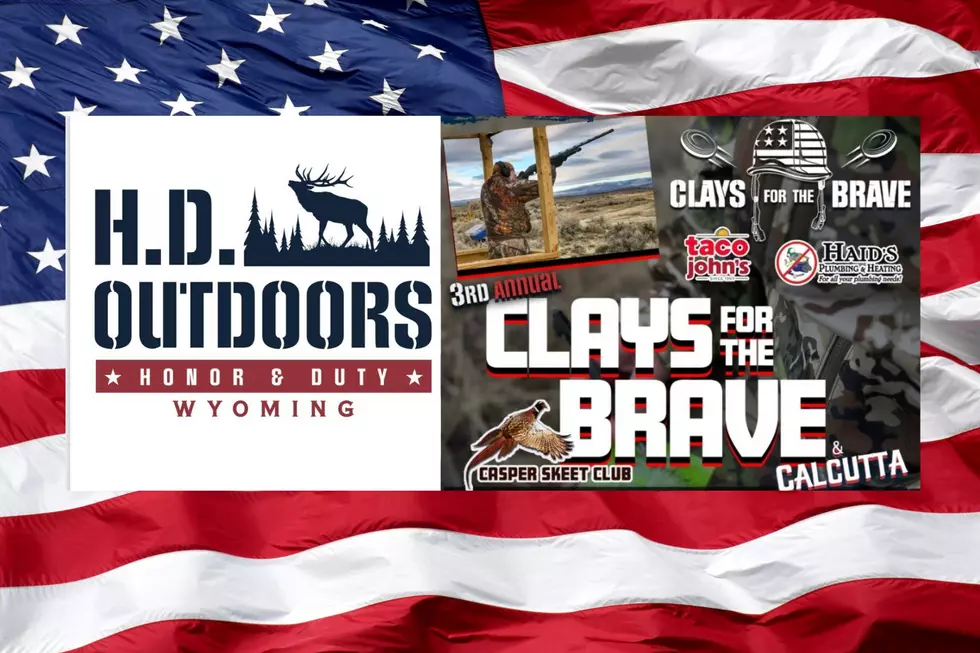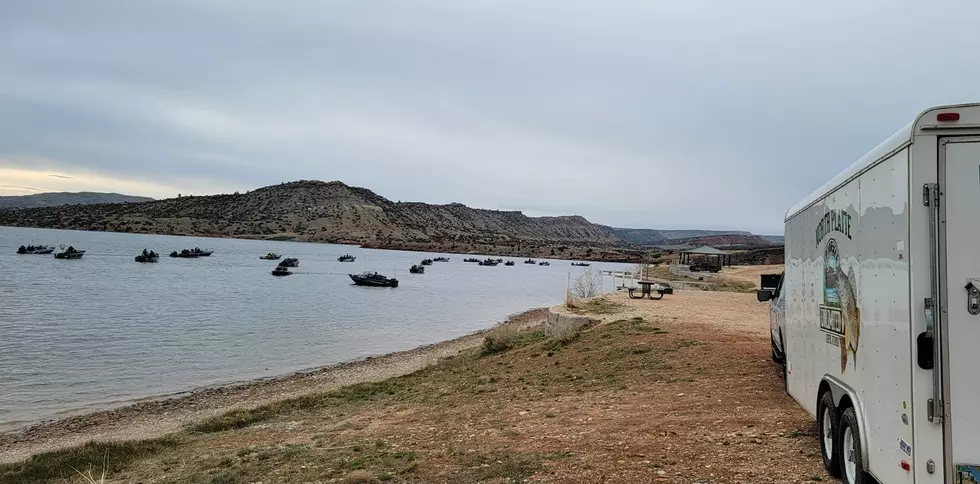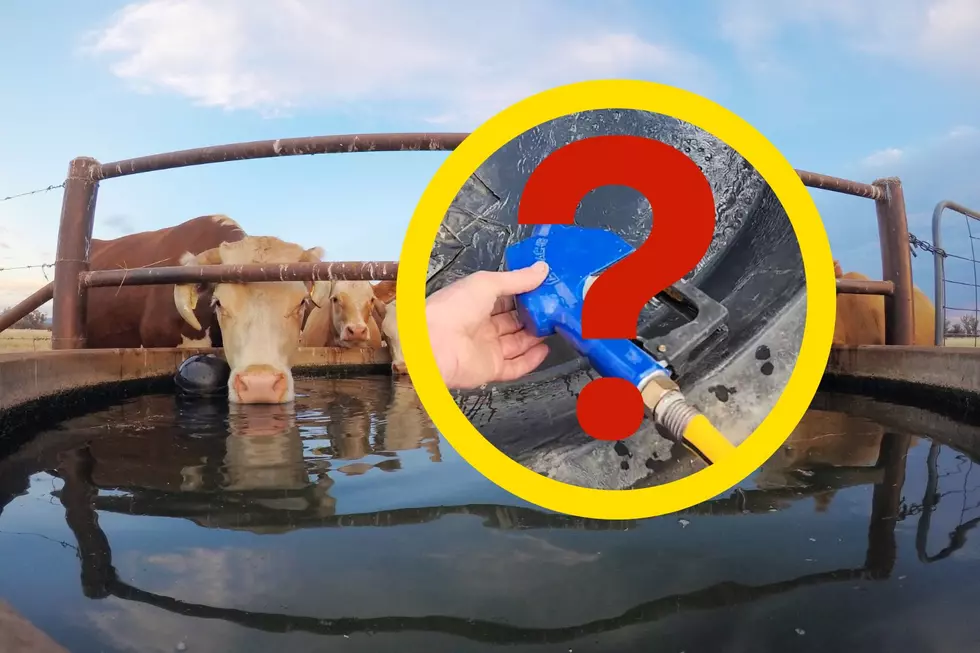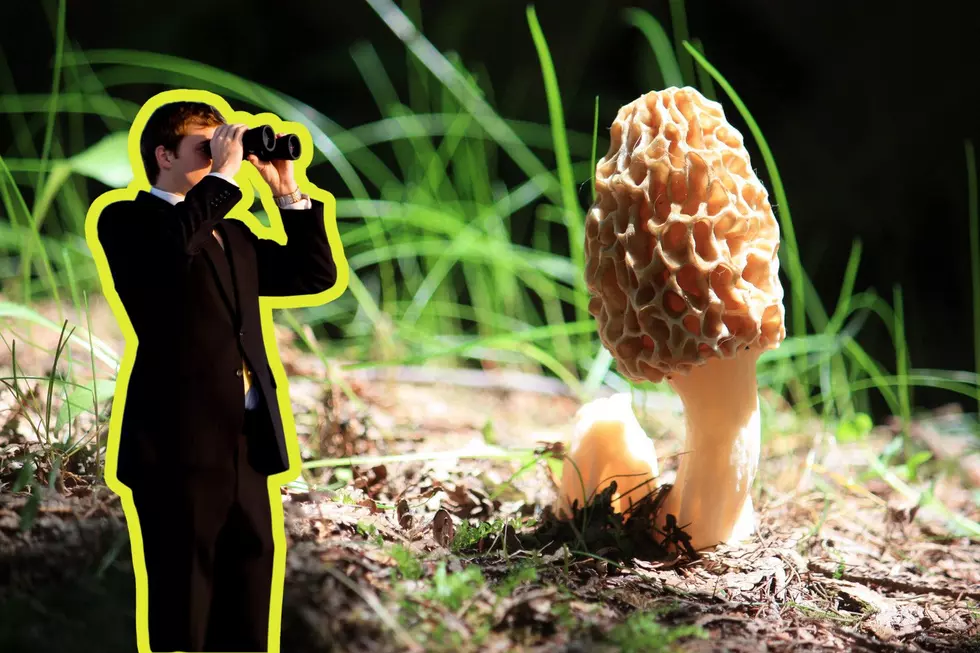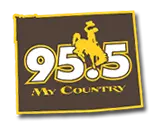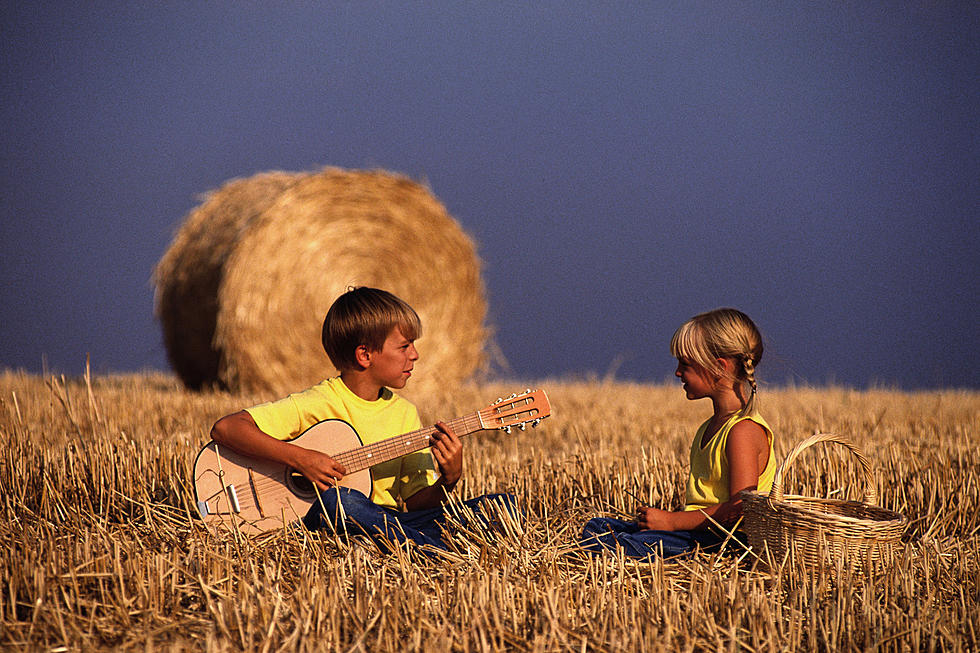
Hey! (Isn’t Just For Horses) Hay Season Is Critical In Wyoming
Hay is serious business. It can make or break a farm or ranch.
If you've been around Wyoming over the past few weeks you know it's hay season.
Any farmer or rancher could have told you that.
Don't you just love this time of year?
Bails and rolls all laid out across freshly mowed fields.
Smells great, doesn't it?
This has been a wet year so the grass is extra thick and tall.
Most of us have never seen Wyoming this green this late in the year.
The only complaint heard from those with hay fields is that too much rain, especially when they are trying to cut and bail, can lead to problems.
Many of them have told me that they would actually like the rain to stop for a while, so they can dry the grass after they cut it.
The gentleman in the video above is from Campbell County Wyoming, near Gillette.
He explained that cutting hay is one of the most important things these farmers and ranchers do.
A bad hay year can mean a huge loss of money, just in the grass, but in feeding those animals who will need it for up to 200 days a year.
A single cow can eat 20 to 30 lbs of hay a day.
So they will need about 5000 lbs a year of hay on hand, per cow.
Each bull will eat almost double that.
A round roll of hay weighs about 1,400 lbs each.
One square bail is about 50 lbs.
So that's about 3 1/2 rolls per cow per year.
I bet you had NO idea that ranching involved this much math.
Imagine having to cut all of that back before they had machines.
Farmers and ranchers in Wyoming usually get one shot at hay a year, due to our usual dry conditions.
That's the reason places like Campbel County Wyoming were some of the last places to homestead in America. It's a hard area to ranch.
Wyoming's High Jumping Rodeo Horses
Hulett, Wyoming's True Western Rodeo 2021
More From My Country 95.5
